Electric scooters come in all shapes, sizes, and prices. Whether you're on a tight budget or looking for premium features, there's something for everyone. Most scooters fall into three categories: budget (up to $300-$500), mid-range ($500–$800), and premium (above $800). The electric scooter cost reflects its performance, materials, and brand reputation. If you're shopping for one, think about what you need most—speed, range, or durability. With options for every price point, you can easily find a scooter that fits your lifestyle and budget.
Key Takeaways
-
Electric scooters come in three price groups: budget ($300-$500), mid-range ($500–$800), and premium (over $800). Pick one based on how fast, far, and strong you need it to be.
-
Budget scooters are good for light use but may not have fancy features. Spend more if you need a scooter for daily rides.
-
Mid-range scooters are a mix of good price and performance. They have better batteries and stronger builds, perfect for regular riders.
-
Premium scooters are the best in performance and features. They work well for long trips and are worth it for frequent users.
-
If buying a used scooter, check the battery, motor, and condition. This helps make sure it will work well for you.
Price Ranges for Electric Scooters

Electric scooters come in a variety of price ranges, catering to different needs and budgets. Whether you're looking for a budget-friendly option or a premium model packed with advanced features, understanding these categories will help you make an informed decision.
Budget Electric Scooters ($300–$500)
If you're looking for cheap electric scooters, this category is perfect for you. Budget-friendly electric scooters are ideal for casual riders or those new to electric mobility. These scooters typically offer basic features like moderate speed and range, making them great for short commutes or recreational use.
Tip: Budget scooters often prioritize affordability over performance. If you need a scooter for daily commuting, consider spending a little more for better durability and range.
Here’s a quick look at the average cost of an adult electric scooter in this range:
-
Prices start at $300 for entry-level models.
-
Commuter scooters can go up to $680, depending on the brand and features.
While these scooters are affordable, they may lack advanced features like app connectivity or high-capacity batteries. If you're on a tight budget, these scooters can still provide a reliable and fun riding experience.
Mid-Range Electric Scooters ($500–$800)
Mid-range electric scooters strike an ideal balance between affordability and performance. These models appeal to commuters and recreational riders who want more speed, range, and comfort—without jumping into the high-end price bracket.
In this category, Hiboy Max Pro and Hiboy X300 stand out with impressive specifications:
-
Hiboy Max Pro delivers long-distance commuting with a 46.6-mile max range, dual suspension, and a large-capacity 48V 15Ah battery.
-
Hiboy X300 is built for performance and terrain flexibility, featuring larger 12-inch tires, 25° climbing capability, and IPX5 water resistance.
Feature Comparison
|
Feature |
Hiboy Max Pro |
Hiboy X300 |
|---|---|---|
|
Top Speed |
22 mph (35 km/h) |
23 mph (37 km/h) |
|
Max Range |
46.6 miles (75 km) |
37.3 miles (60 km) |
|
Motor Power |
500W (650W peak) |
500W (700W peak) |
|
Battery |
48V 15Ah Li-ion |
48V 13.5Ah Li-ion |
|
Tires |
11-inch air-filled |
12-inch air-filled |
|
Suspension |
Dual suspension |
Front suspension |
|
Braking System |
E-braking + drum brakes |
E-braking + disc brakes |
|
Max Climbing Angle |
20° |
25° |
|
Waterproof Rating |
IPX4 |
IPX5 |
|
Weight |
51.6 lbs (23.4 kg) |
52.9 lbs (24 kg) |
|
Dimensions |
47.2 × 20.9 × 51.2 in |
53.3 × 22.9 × 50.2 in |
|
Lighting |
LED headlight, sidelight, taillight |
LED headlight, turn signals, taillight |
|
Display |
LED Digital Display |
LED Digital Display |
|
Charging Time |
8–9 hours |
7 hours |
|
Max Load |
265 lbs (120 kg) |
265 lbs (120 kg) |
Both scooters offer great value, but your choice depends on what matters most:
-
Choose Max Pro if you prioritize range and comfort for long daily rides.
-
Choose X300 if you want power, climbing ability, and more robust water resistance for mixed terrains.
High-End Electric Scooters ($800+)
Premium electric scooters are designed for riders who demand top-tier performance and features. These scooters come with powerful motors, extended range, and advanced technology, making them suitable for long-distance travel and challenging terrains.
For instance, the Yume Y10 stands out with its impressive specs:
-
Dual 1200W motors deliver a total of 2400W power.
-
It reaches a top speed of 40 mph, perfect for thrill-seekers.
-
The range is approximately 40 miles under mixed riding conditions, with potential for 50+ miles.
-
Premium models like this include features such as full suspension, bright headlights, taillights, turn signals, and dual charging ports.
Note: Premium electric scooters are an investment. While the upfront cost is higher, their durability and advanced features often make them worth it for frequent riders or those who need high performance.
If you're looking for the best electric scooter cost-to-performance ratio, premium models are the way to go. They offer unmatched quality and features, but make sure they align with your riding needs before making the purchase.
Factors Influencing Electric Scooter Cost
When you're shopping for an electric scooter, you might wonder why prices vary so much. The answer lies in several key factors that directly impact the cost. Let’s break them down so you can make an informed decision.
Motor Power and Performance
The motor is the heart of your electric scooter. Its power determines how fast you can go and how well the scooter handles inclines. Scooters with higher motor wattage tend to cost more, but they also deliver better performance.
For example, a 250W motor is common in budget scooters. It’s fine for flat roads and light riders but struggles on hills. Mid-range scooters often feature 350W to 500W motors, offering a smoother ride and the ability to tackle moderate slopes. High-end models, like those with dual motors, can exceed 1000W, making them perfect for steep terrains and thrill-seekers.
Tip: If you plan to use your scooter for daily commuting or live in a hilly area, investing in a scooter with higher motor power and performance will save you frustration in the long run.
Battery Capacity and Range
The battery is another major factor that influences the electric scooter cost. A larger battery not only increases the range but also adds to the price. Scooters with higher-capacity batteries allow you to travel farther on a single charge, which is essential for long commutes or extended rides.
Here’s a quick comparison of battery capacity and range across different price ranges:
|
Price Range |
Typical Battery Capacity |
Expected Range |
|---|---|---|
|
Under $300 |
250-350Wh |
|
|
$300-$500 |
350-450Wh |
12-18 miles |
|
$500-$800 |
450-600Wh |
15-25 miles |
|
$800+ |
600-1000Wh+ |
20-40+ miles |
As you can see, spending more on a scooter often means getting a better battery quality and range. However, think about how far you actually need to travel. If your rides are short, a smaller battery might be enough.
Note: Batteries degrade over time, so proper care—like avoiding overcharging—can help maintain their performance and extend their lifespan.
Brand Reputation and Features
When it comes to electric scooters, the brand you choose can make a big difference. Some brands are known for their reliability and innovation, while others might cut corners to keep the price low. So, how do you decide which brand is worth your money? Let’s break it down.
Why Brand Reputation Matters
A well-known brand often means better quality and customer support. Established companies like Segway, Xiaomi, and Apollo have built their reputations by consistently delivering high-performing scooters. They invest in research and development to improve features like the motor, battery, and overall durability. Plus, they usually offer warranties and responsive customer service, which can save you headaches down the road.
On the other hand, lesser-known brands might offer cheaper options, but they often compromise on quality. You might find that the scooter’s motor struggles on hills or the battery doesn’t last as long as advertised. While these scooters can be tempting due to their lower price, they may cost you more in repairs or replacements over time.
Tip: If you’re unsure about a brand, check online reviews and forums. Real user experiences can give you a clearer picture of what to expect.
Features That Add Value
Different brands pack their scooters with unique features to stand out. Some focus on performance, while others prioritize convenience or safety. Here are a few features to look for when comparing brands:
-
Motor Power: Brands like Dualtron and Kaabo are known for their powerful motors, which can handle steep inclines and high speeds. If you need a scooter for challenging terrains, these brands are worth considering.
-
Battery Life: A reliable battery is crucial for long rides. Brands like Segway and NIU excel in offering scooters with extended ranges, making them ideal for commuters.
-
Build Quality: Premium brands often use high-quality materials like aerospace-grade aluminum or carbon fiber. This not only makes the scooter durable but also lightweight and easy to carry.
-
Smart Features: Some brands include app connectivity, GPS tracking, and even regenerative braking. These features can enhance your riding experience and make your scooter more versatile.
-
Safety Enhancements: Look for brands that prioritize safety with features like bright LED lights, dual braking systems, and water resistance.
Balancing Brand and Budget
While top-tier brands offer impressive features, they also come with a higher price tag. If you’re on a budget, you don’t have to sacrifice quality entirely. Mid-range brands like Hiboy and Gotrax provide a good balance of affordability and performance. They may not have all the bells and whistles, but they’re reliable for everyday use.
Note: Always consider your specific needs. If you’re only using the scooter for short commutes, you might not need the most expensive model. However, if you rely on it daily or need advanced features, investing in a reputable brand can pay off in the long run.
Choosing the right brand is about finding the perfect mix of reputation, features, and price. Take your time to research and compare options. After all, the electric scooter cost isn’t just about the upfront price—it’s about the value you get over time.
Hidden Costs of Owning an Electric Scooter
Owning an electric scooter isn’t just about the upfront price. There are hidden costs that can add up over time. Knowing these expenses will help you plan your budget and avoid surprises.
Maintenance and Repairs
Electric scooters need regular maintenance to stay in good shape. Over time, parts like tires, brake pads, and batteries wear out and need replacing. Routine maintenance costs can range from $50 to $200 per visit, depending on the issue. If your scooter uses SLA batteries, replacements cost between $50 and $150. For Li-ion batteries, the price jumps to $100–$500.
Urban riding conditions, like potholes and uneven roads, can increase repair costs. According to consumer studies, maintenance and repairs make up about 15% of the total cost of owning an electric scooter.
|
Cost Type |
Average Cost Range |
|---|---|
|
Routine Maintenance |
|
|
SLA Battery Replacement |
$50 - $150 |
|
Li-ion Battery Replacement |
$100 - $500 |
Tip: Regularly check your scooter’s tires, brakes, and battery to catch issues early. This can save you money in the long run.
Insurance and Registration (if applicable)
Depending on where you live, you might need insurance or registration for your scooter. High-powered models often require these, especially if they’re classified as motor vehicles. Insurance costs typically range from 5–10% of the total cost of owning an electric scooter. Registration fees vary by location but can add to your expenses.
Note: Check your local laws to see if insurance or registration is required. It’s better to factor these costs into your budget upfront.
Charging Costs and Accessories
Charging your scooter is relatively cheap, but it’s still a recurring expense. On average, a full charge costs between $0.10 and $0.20, depending on electricity rates in your area. If you ride daily, these small costs can add up over time.
Accessories like helmets, locks, and phone mounts also contribute to the overall cost. Efficient charging infrastructure becomes necessary as fleet size increases, which can lead to additional expenses.
-
Energy costs for charging scooters range from $0.10 to $0.20 per charge.
-
Accessories like helmets and locks can cost anywhere from $20 to $100.
Savings Tip: Charging your scooter at home is usually cheaper than using public charging stations. Look for energy-efficient accessories to maximize your cost savings.
Understanding these hidden costs will help you make smarter decisions and ensure the cost savings pay for the scooter over time.
Buying a Second-Hand Electric Scooter
Buying a second-hand electric scooter can be a smart way to save money while still enjoying the benefits of electric mobility. However, it’s important to weigh the pros and cons before making a purchase. Let’s explore the advantages, what to check, and the risks involved.
Benefits of Buying Used
Opting for a used electric scooter offers several advantages, especially if you’re on a budget. Here’s why it might be a good idea:
-
Cost Savings: Used scooters are often significantly cheaper than new ones, making them a great option for first-time buyers or casual riders.
-
Eco-Friendly Choice: By buying second-hand, you’re giving the scooter a second life, reducing waste, and contributing to a more sustainable environment.
-
Wide Range of Options: The growing second-hand market means you can find a variety of models, from budget-friendly to high-performance scooters.
The second-hand electric scooter market is booming. It’s projected to grow from USD 714.8 million in 2024 to USD 979.5 million by 2034, with a compound annual growth rate (CAGR) of 3.2%. Factors like affordability, environmental concerns, and the rise of online sales platforms are driving this trend. Plus, government initiatives promoting electric vehicles are making used scooters even more appealing.
|
Metric |
Description |
Implication for Used Scooters |
|---|---|---|
|
Overall Satisfaction Ratings |
Measures how well scooters meet customer expectations. |
High ratings suggest used scooters are reliable. |
|
Net Promoter Score (NPS) |
Indicates likelihood of customers recommending the product. |
High NPS for used scooters can show strong loyalty. |
|
Customer Effort Score |
Quantifies ease of interaction with the product. |
Lower effort in buying used scooters enhances appeal. |
What to Check Before Purchasing
Before you buy a second-hand electric scooter, it’s crucial to inspect a few key factors to ensure you’re getting a good deal. Here’s what to look for:
-
Price: Compare the asking price with the market value for similar models.
-
Range: Make sure the scooter can cover the distance you need on a single charge.
-
Battery Life: Check the battery’s capacity and condition. Li-ion batteries are preferred for their longevity.
-
Motor Power: Verify the motor’s wattage to ensure it meets your speed and acceleration needs.
-
Build Quality: Look for durable materials like aluminum or steel frames.
-
Braking System: Reliable brakes, such as dual disc brakes, are essential for safety.
-
Tires and Suspension: Inspect the tires for wear and ensure the suspension system can handle bumpy roads.
-
Safety Features: Check for working lights, reflectors, and a horn.
Tip: Always test-ride the scooter if possible. This will help you identify any hidden issues and ensure it feels comfortable to ride.
Risks and Considerations
While buying used has its perks, it’s not without risks. Here are some considerations to keep in mind:
|
Risk/Consideration |
Findings |
|---|---|
|
E-scooter crash frequency |
Higher in areas with more out-of-work households. |
|
Environmental factors |
Crashes more likely in high crime areas and near schools. |
|
New rider involvement |
E-scooter crashes are more likely to involve new riders. |
|
Pedestrian involvement |
79% of e-scooter accidents involve other parties, contrasting with 4% for pedestrian accidents. |
|
Pedestrian injuries |
More injuries reported near schools. |
Used scooters may have hidden mechanical issues, like worn-out batteries or faulty brakes. Repairs can add to your costs, so factor that into your budget. Additionally, scooters without warranties or after-sales support can leave you stranded if something goes wrong.
Note: Be cautious when buying from private sellers. Stick to reputable platforms or dealers to minimize risks.
By carefully evaluating the benefits, inspecting the scooter thoroughly, and understanding the risks, you can make an informed decision and enjoy the perks of owning a second-hand electric scooter.
Comparing the Cost of Owning an Electric Scooter vs. a Car

Upfront Costs
When it comes to upfront costs, electric scooters are far more affordable than cars. A typical electric scooter costs around $600, while even the cheapest cars can set you back tens of thousands of dollars. This stark difference makes scooters an attractive option for budget-conscious buyers.
After the initial purchase, the cost of commuting on a scooter is minimal. Charging a scooter costs just $0.06 every few days, adding up to about $1.80 per month. In contrast, cars require fuel, which can cost hundreds of dollars monthly. If you're looking for a cost-effective way to get around, scooters clearly win in this category.
Tip: If you're new to electric scooters, start with a mid-range model. It offers a good balance of price and performance without breaking the bank.
Maintenance and Operating Expenses
Electric scooters are not only cheaper to buy but also cost less to maintain. Annual maintenance for a scooter ranges from $100 to $300. This includes occasional tire replacements and battery care. Cars, on the other hand, have an average annual ownership cost of $8,849. This figure includes maintenance, fuel, insurance, and depreciation.
Here’s a quick comparison of maintenance and operating expenses:
-
Scooters require minimal servicing, making them ideal for short commutes.
-
Cars incur higher costs due to complex systems and frequent servicing needs.
Savings Tip: Regularly check your scooter’s battery and tires to avoid unexpected repair costs. Preventive care can save you money in the long run.
Environmental and Lifestyle Benefits
Electric scooters also shine when it comes to environmental and lifestyle benefits. They emit only 35 to 67 grams of CO2 per kilometer over their lifespan, compared to 200 to 350 grams for petrol cars. This makes scooters a greener choice for short trips.
Additionally, scooters help reduce congestion and noise pollution in urban areas. Over 50% of scooter owners report that they make parking easier and quieter. Around 40% believe scooters improve air quality and reduce traffic jams.
Did you know? One kilowatt-hour of energy powers a scooter for over 80 miles, while a gasoline car travels less than a mile on the same energy. That’s a huge difference in energy efficiency!
Switching to a scooter isn’t just about saving money. It’s about embracing a cleaner, quieter, and more convenient way to travel.
Electric scooters offer a wide range of options, making them accessible to almost any budget. Whether you’re looking for a basic model or a high-performance ride, there’s something for everyone. To get the best value for money, focus on factors like motor power, battery life, and hidden costs. Research thoroughly, especially if you’re considering a second-hand scooter. With 34% of riders replacing car trips, scooters are not only cost-effective but also eco-friendly. They’re a smart choice for reducing the cost of owning an electric scooter while embracing a greener lifestyle.

If you're ready to shop or compare new models across price tiers, check Hiboy’s Electric scooter collection to explore budget, mid-range, and premium options and their specs.
FAQ
1. How much does it cost to charge an electric scooter?
Charging an electric scooter costs about $0.10 to $0.20 per full charge, depending on electricity rates. If you ride daily, monthly costs usually stay under $5.
Tip: Charging your scooter overnight at home is the cheapest option.
2. Do electric scooters need insurance?
In most places, insurance isn’t required for low-powered scooters. High-speed models might need coverage, depending on local laws. Check your area’s regulations to avoid fines.
Note: Insurance costs are typically low, around 5–10% of the scooter’s value.
3. How long does an electric scooter battery last?
Most batteries last 2–3 years with proper care. This depends on usage and charging habits. Avoid overcharging and store your scooter in a cool, dry place to extend battery life.
4. Can I ride an electric scooter in the rain?
Many scooters have water resistance ratings like IPX4 or IPX5, which handle light rain. Avoid heavy downpours or puddles to prevent damage.
Reminder: Always check your scooter’s water resistance rating before riding in wet conditions.
5. Are electric scooters safe for kids?
Yes, but choose models designed for kids with lower speeds and sturdy builds. Helmets and supervision are essential for safety.
Safety Tip: Look for scooters with reliable brakes and bright lights for added protection.






 S2
S2
 KS4 Pro
KS4 Pro
 MAX Pro
MAX Pro



 Light-Weight & Portable
Light-Weight & Portable
 Long Range
Long Range
 For Heavy Riders
For Heavy Riders
 Big Wheel
Big Wheel
 With Seat
With Seat
 Fast
Fast

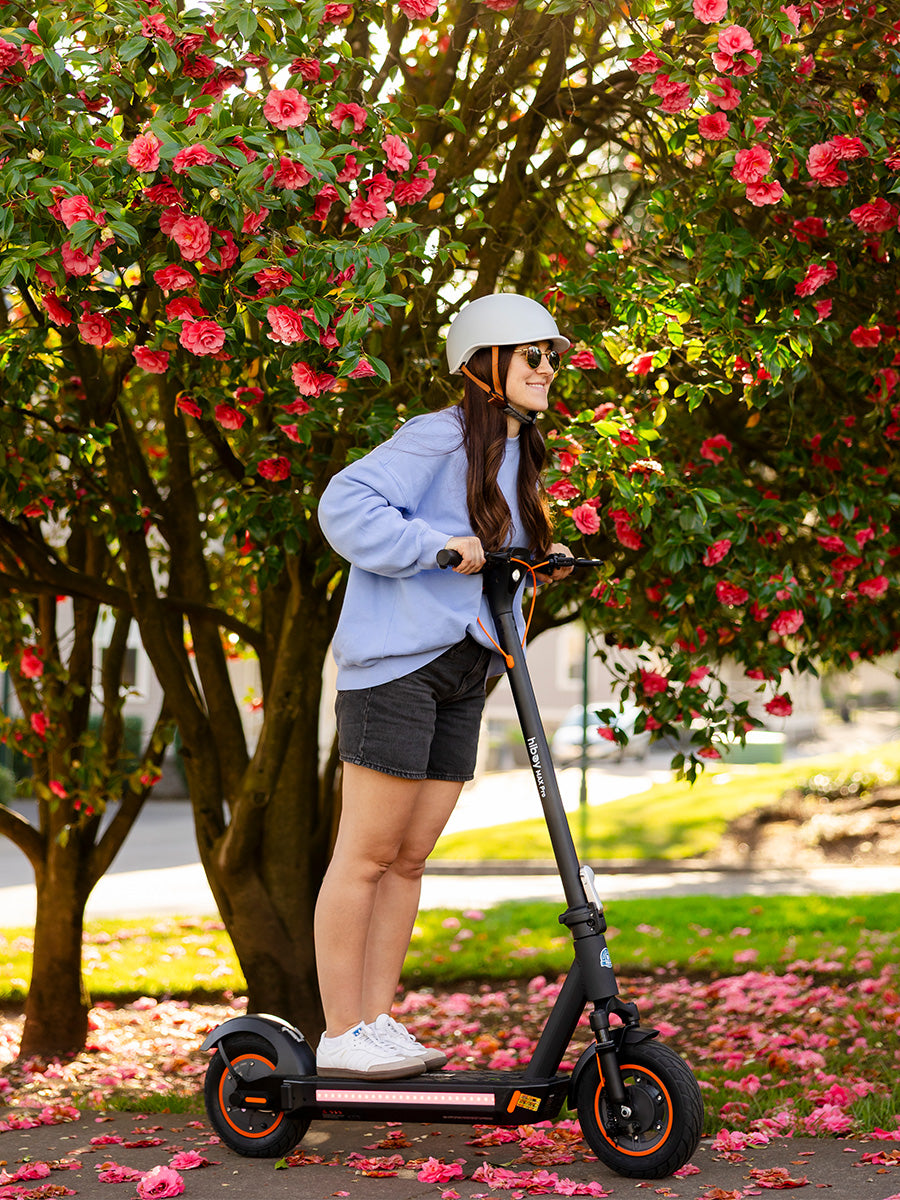

 EX6
EX6
 P6
P6
 C1
C1


 S2 Lite
S2 Lite
 Q2 Lite-A
Q2 Lite-A
 ES-1
ES-1
 KS1
KS1
 Q2 Lite-A
Q2 Lite-A
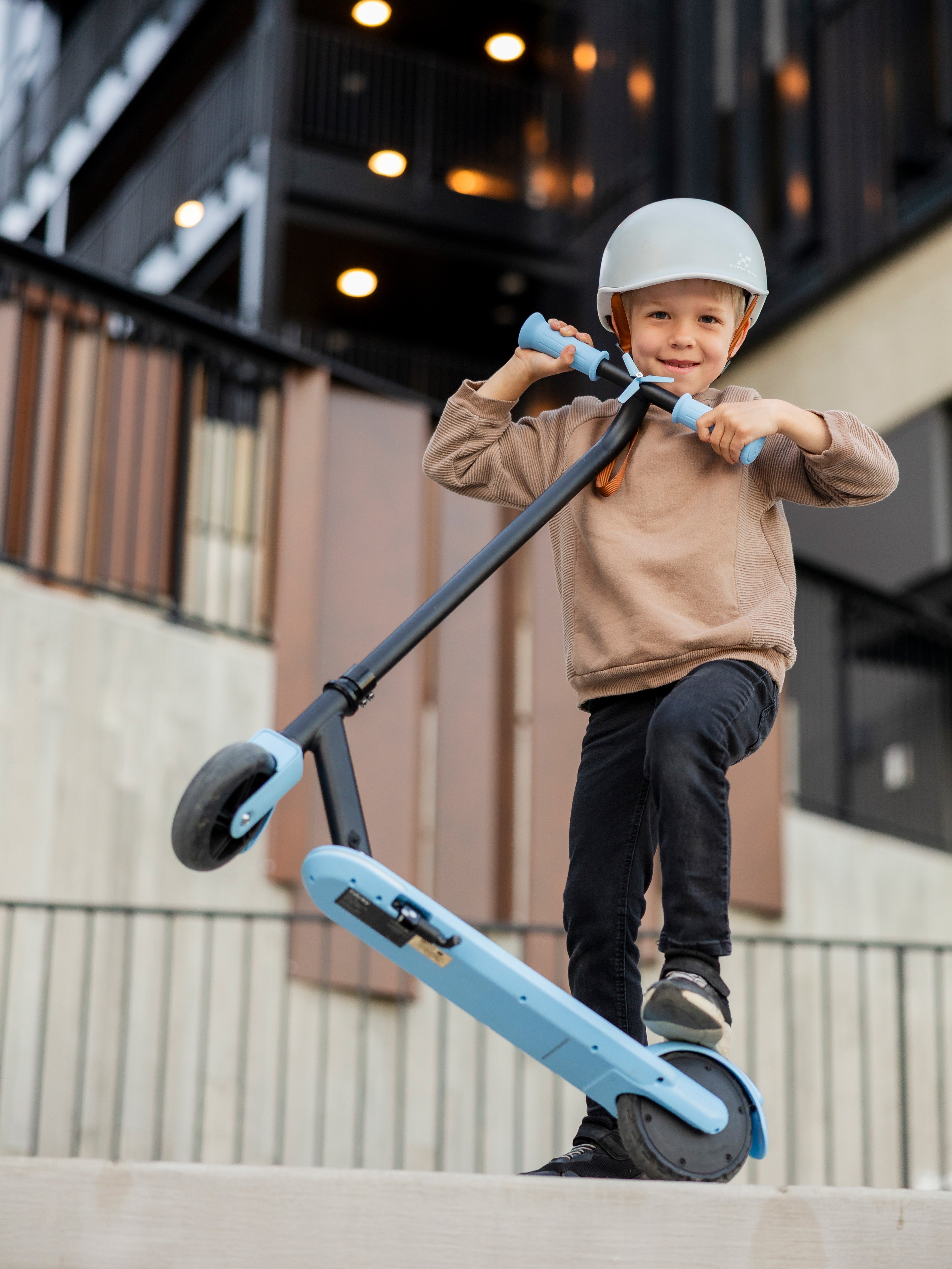
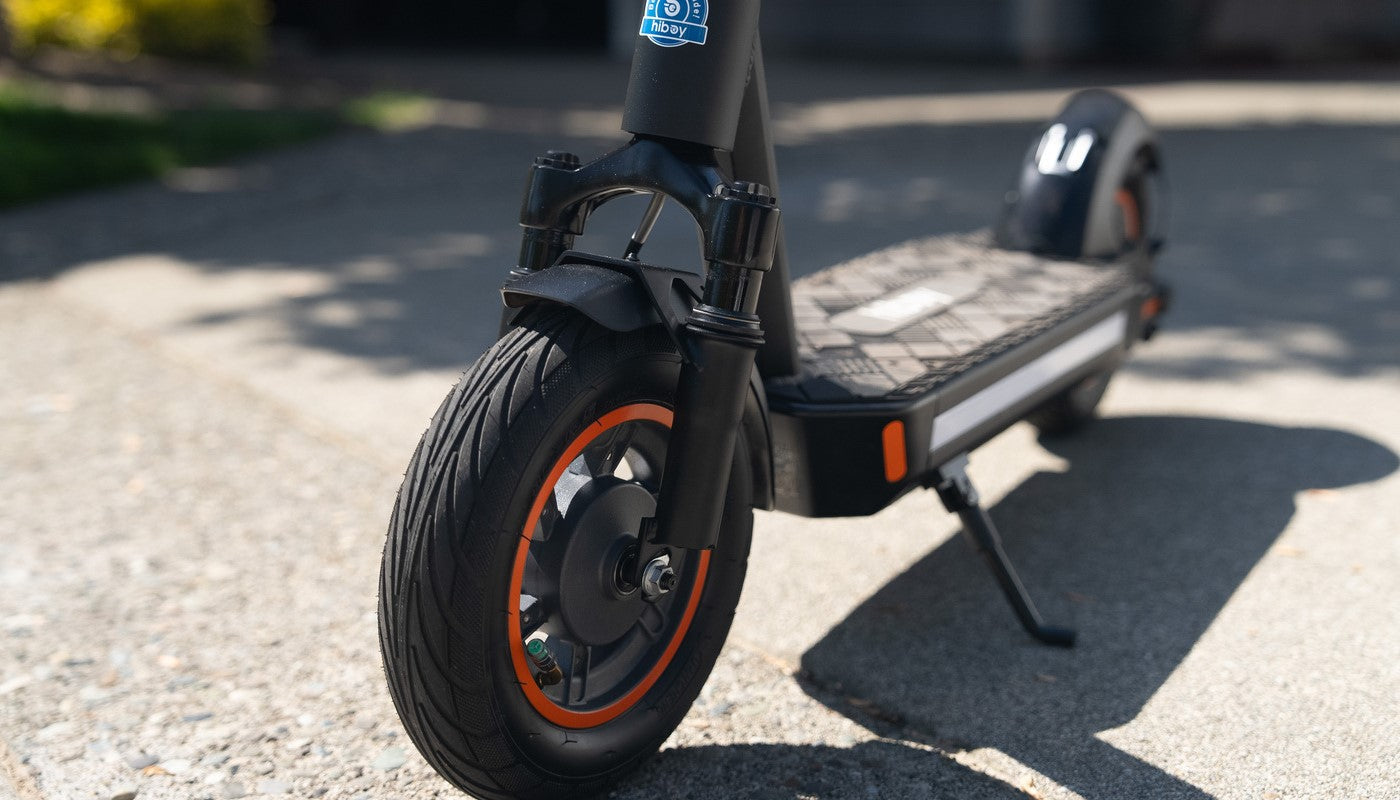
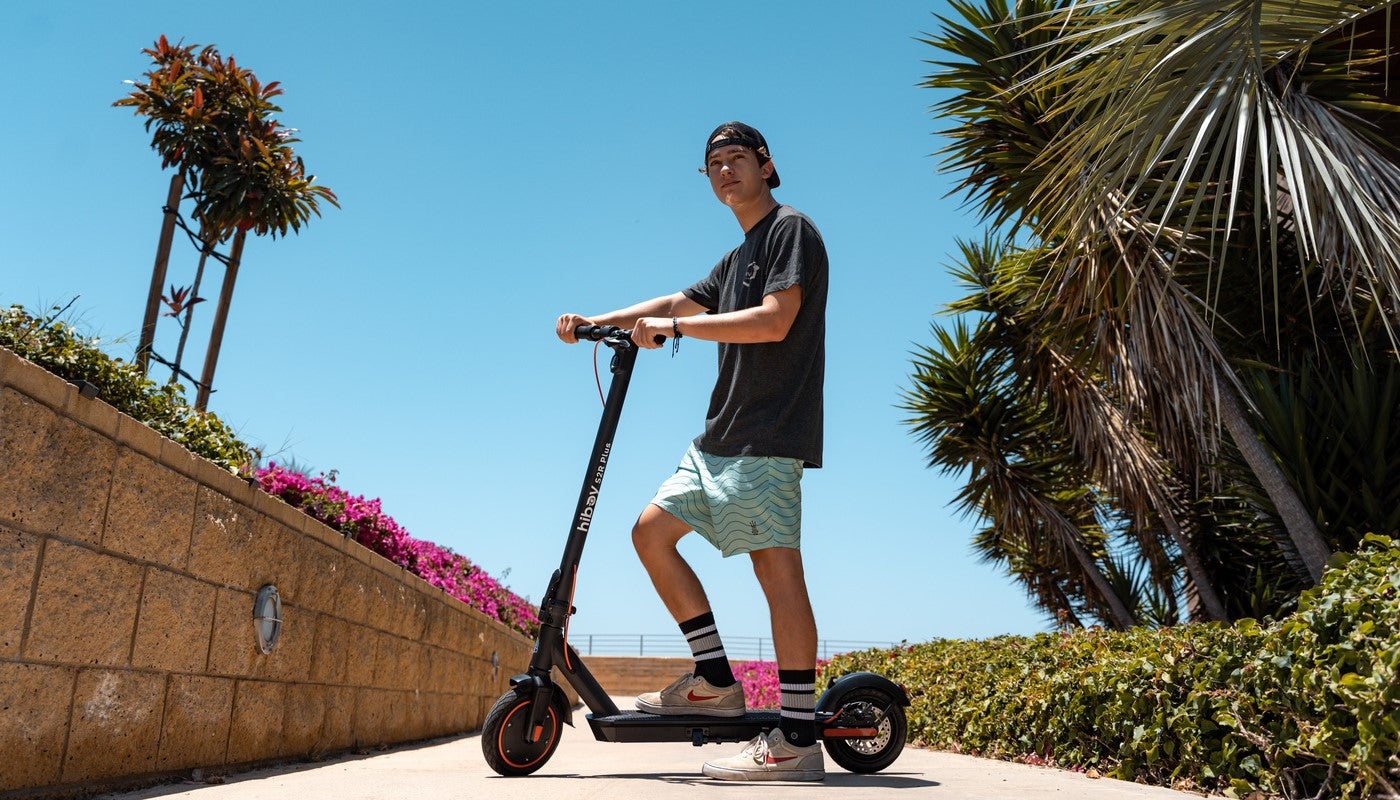
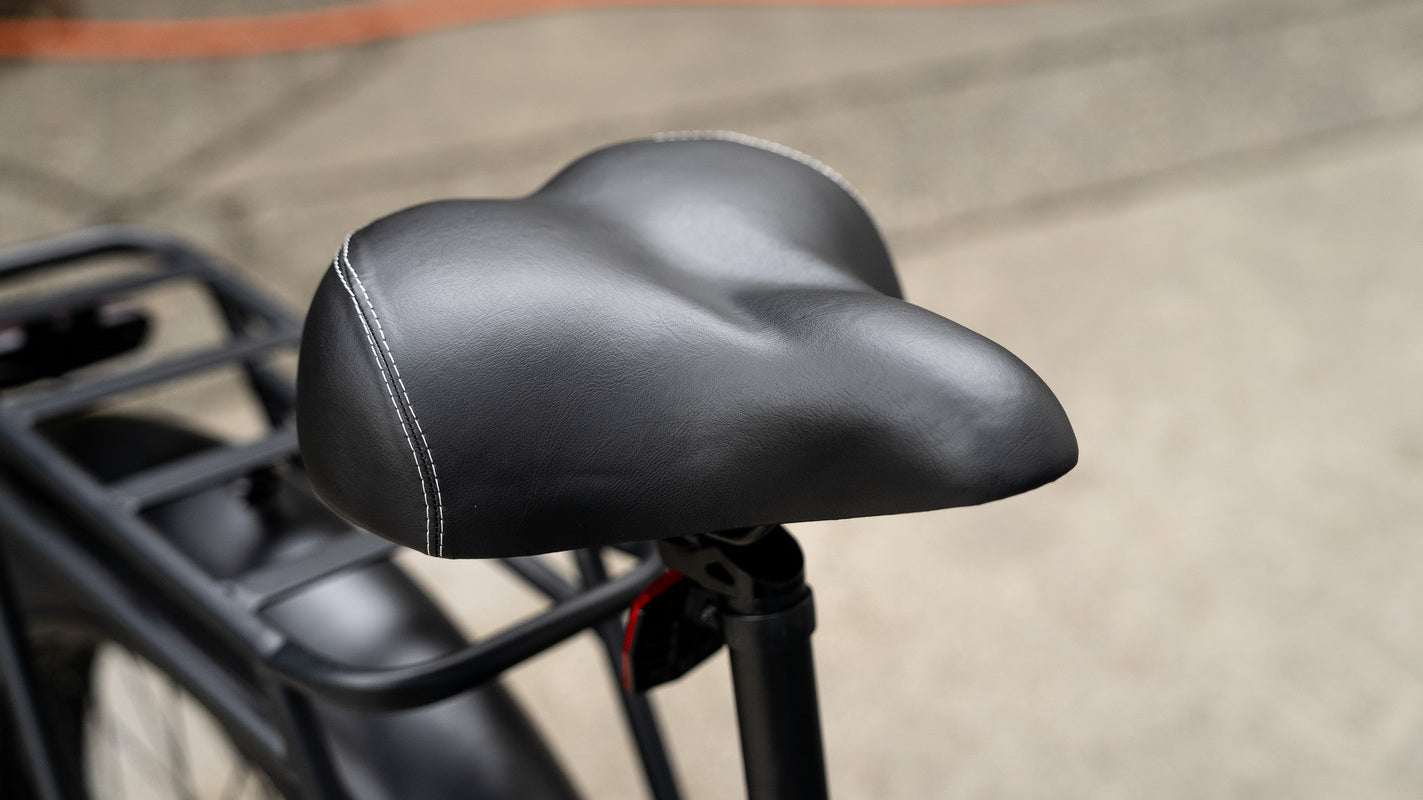






Leave a comment
All comments are moderated before being published.
This site is protected by hCaptcha and the hCaptcha Privacy Policy and Terms of Service apply.